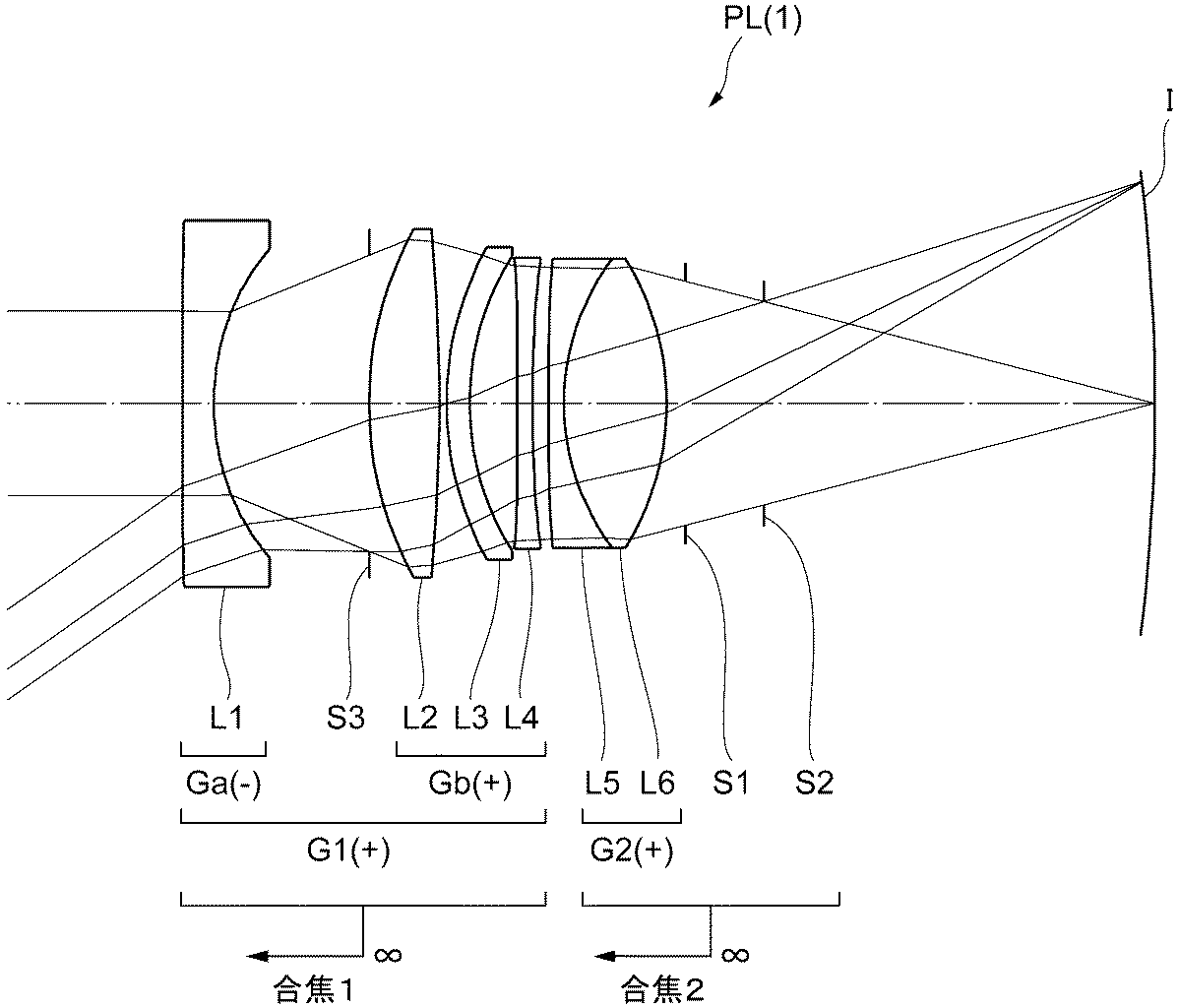Are These Curved Camera Sensors a Glimpse Into a Better Future?
Nikon's recent patent filing may signify lighter, better, cameras in the near future.

Japanese blog "An Image on a Sensor" broke the story of a recently discovered Nikon patent filing for a new wide angle lens. What's exciting about it, however, isn't the lens itself—but rather the sensor it's being designed for. According to the patent document, Nikon is working on an f/2.0 wide-angle lens to be used on a camera body with a full-frame, curved sensor.
The filing didn't contain any information about the camera itself and so we don't know if this design is for an SLR or a Mirrorless camera, but given the fact that curved sensors allow for higher resolution images in smaller spaces and require fewer lens elements to correct for image aberrations, it wouldn't be surprising to see this new sensor on Nikon's forthcoming full-frame mirrorless camera.
It wouldn't be surprising to see this sensor on Nikon's forthcoming full-frame mirrorless camera.
Why is it better?
By curving the image sensor, the sensor becomes more light-efficient, which will result in cameras better for shooting in low-light conditions. It also means that the lenses can be designed using fewer elements, which will reduce size and weight. Additionally, the curved sensors will reduce or eliminate light falloff toward the edges of the frame (thereby reducing or eliminating lens vignetting). All of this size and weight reduction means that this curved sensor design would lend itself toward mirrorless camera designs, but these sensors may be able to be created for cellphones as well.
What does it mean for filmmakers?
Any time we see technology that enables higher quality image-making that is more easily transported, it's a good thing for filmmakers. But technology like this might mean that we'll see more professional work being done on mobile devices, as well. These curved sensors could, theoretically, be made for smartphone cameras. Given that we've already seen features that were shot on iPhones (Tangerine and Steven Soderbergh's latest project to name a couple widely touted examples) and the fact that RED released its own smartphone a few weeks ago, this could signify an industry push toward mobile filmmaking and thus an even lower barrier-to-entry for talented and creative filmmakers.












